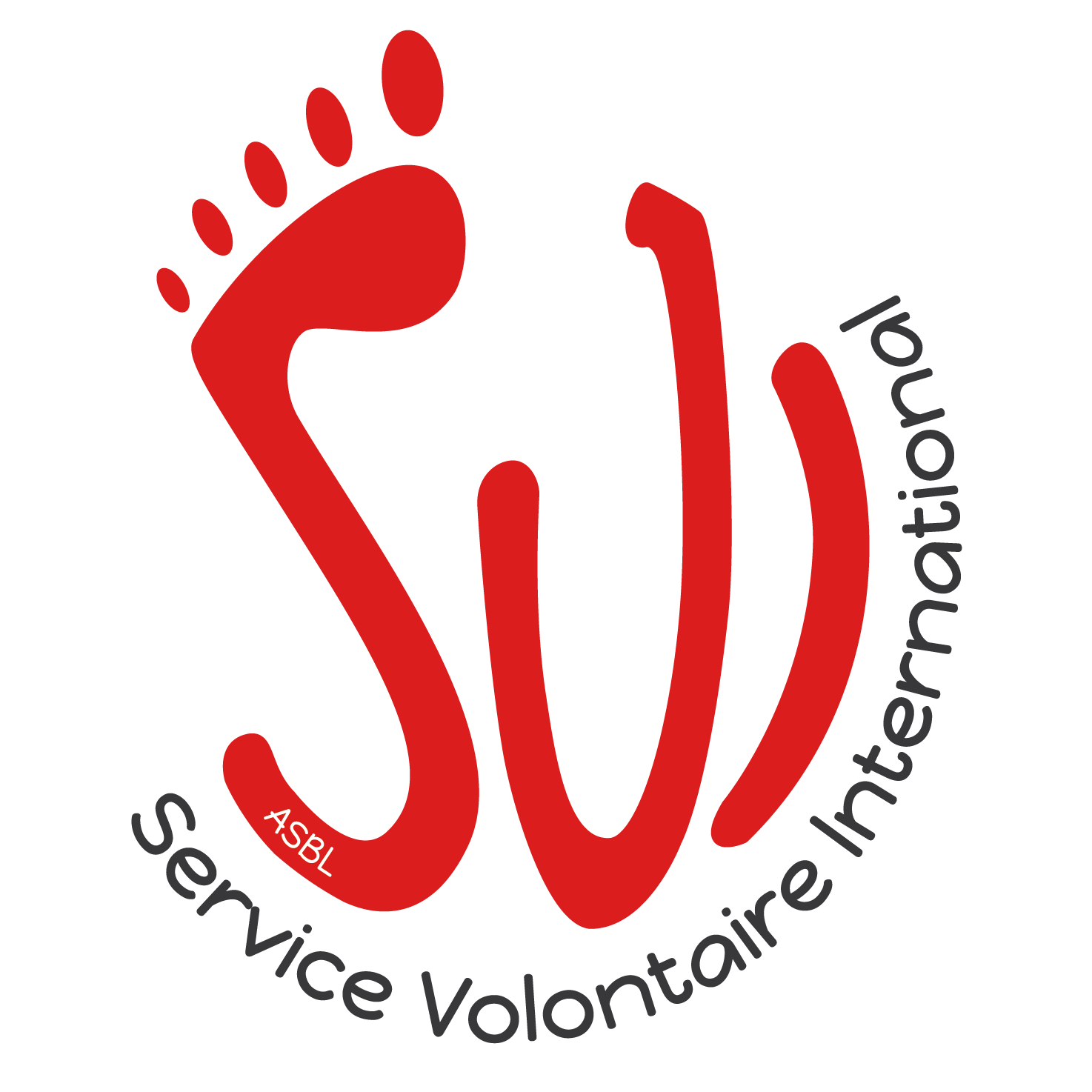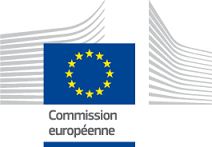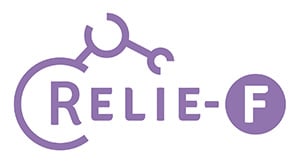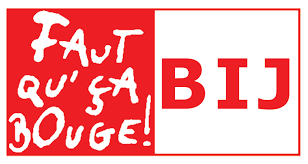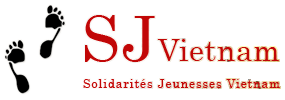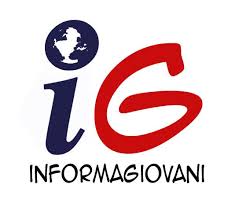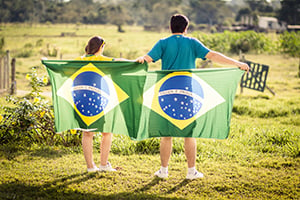VISA
A valid passport and visa are required for all foreigners visiting Vietnam. With very few exceptions, there is no such thing as a “visa on arrival”. Visas are issued by Vietnamese embassies and consulates. Some overseas offices of Vietnam tourism are able to issue tourist visas. Entry to Vietnam may be refused if your passport has less than six months validity.
You should apply for tourist visas at least for the duration of your project in Vietnam. It will be difficult for short term volunteers to extend their visas when they have arrived. Do not presume it will be cheaper to extend your visa once you are in Vietnam as this will not be the case! We strongly advise you not to complete your visa application until your travel plans are certain. You are required to state your intended points of arrival and departure (for example, arriving in Hanoi and departing from Ho Chi Minh City). Changing either of them upon or after your arrival could result in a mountain of red tape and extra fees. Submit your application along with two standard passport photos, your passport and the required fee.
You don’t need an invitation letter from us, thus you can apply for tourist visa ONLY.
Don’t start to explain that you come here to be a volunteer, to help the poor children, etc. Except if you want to spend three days of explanation at the embassy and not receive your visa for “national security reasons”. Apply for your visa at least three weeks before your trip to be completely sure to get it in time! It is highly recommended to make at least three photocopies of your passport and visa, in order to put them in different places. Give one photocopy to your workcamp leader. Keep the other photocopies for yourself, they can be very useful if you lose your documents. If you lose your passport or have over-stayed you will need to apply for a new visa from the Immigration authorities in order to leave the country. This can only be done during working hours and usually takes three to five working days. For further information, check with your nearest Vietnamese Embassy.
Insurance
Don’t travel without insurance: an emergency abroad can be extremely expensive! The volunteers need to have their own travel and medical insurance. Before you go, you need to make sure you have an adequate insurance cover.
What is the very minimum your travel insurance should cover?
– Medical and health cover for an injury or sudden illness abroad
– 24 hour emergency service and assistance
– Personal liability covers in case you’re sued for causing injury or for damaging property
– Lost and stolen possession cover
– Cancellation and curtailment (cutting short your trip) cover
Health
You can find a good quality medicine infrastructure in big cities and even hospitals with foreign doctors (e.g. the “French Hospital” or “International SOS hospital”) in Hanoi but these private hospitals are extremely expensive so you absolutely need to have a good travel insurance before starting your trip! We advise you to visit a physician and your dentist before travelling and also to check your vaccination status on time!
- Malaria in Hanoi: you don’t need to take malaria pills; there is NO MALARIA IN THE BIG CITIES OF VIETNAM!
- Check if your TETANUS, DIPHTHERIA, POLIO and HEPATITIS A+B vaccination are up- dated. Some doctors here advise to do a preventive vaccine against fuzz (bird-flu).
- DIARRHEA is a frequent travel problem. Even when traveling in good conditions it is not always possible to avoid it. Ask advice about the correct medication to take from your pharmacy.
Vaccination
yellow fever :
* Not compulsory if arriving from Europe, North America, Oceania and Asia
* Compulsory only if arriving or transiting from infected areas
Additional vaccination(s):
* Japanese encephalitis: vaccination can be justified in case of long-lasting stays in rural areas
* Hepatitis A: vaccination justified
* Hepatitis B: vaccination justified
* Rabies: vaccination can be justified for long-lasting stays or risky trips
* Tetanus-poliomyelitis: vaccination justified
* Typhoid: vaccination justified
We also suggest you bring a simple medical kit. Your doctor should advise you what to include AND HOW TO USE IT; however as a minimum we suggest you bring:
* Aspirin (for pain or fever)
* Cold and flu tablets
* Anti diarrhea medication
* Anti-nausea medication
* Insect repellant
* Antiseptic and bandages
* Sunscreen and lip balm
Fresh water in bottles will be provided, so that you don’t need mobile water filters or chloral pills.
For more information on travel health advice: http://www.pasteur-lille.fr/fr/sante/vaccin/desc_pays/VIETNAM.htm
You can also download an extract (163 pages) of the guide INTERNATIONAL TRAVEL AND HEALTH 2008 published by the World Health Organization.
Money
The Vietnamese currency is the “Vietnamese Dong” (VND). The exchange rate in September 2017 was the following:
1 USD = 22 726,20 VND
1 EUR = 27 184,38 VND
Be sure that you understand how to convert your national money to/from Vietnamese Dong before arriving! Always count the money that you receive back immediately when you change your money. If your currency is Euro or Yen all the change offices in Hanoi will change your money so you do not need to purchase US Dollars before your trip. Do not change money in the street!!! It is illegal and it is the best way to get fake money. You can find ATMs everywhere (especially Vietcombank ATMs) which accept a wide variety of bankcards. Credit cards are not used in everyday life; you can only use them to take cash out from an ATM and in expensive hotels and restaurants. In general, you should avoid paying in Dollars (especially motorbike and taxi).
Some prices:
- One lunch: between 10.000 VND and 40.000 VND, average price 30.000 VND in restaurant, 15.000 VND in the street.
- One city bus ticket: 3.000 VND in Hanoi.
- Night in hotel: between 5 USD (dormitory) to 140 USD (Sheraton). Average 10 USD
- Entrance at public swimming pools: between 30.000 VND (close to SJ Vietnam House) and 150.000 VND (Sheraton)
- One beer: between 3.000 VND and 25.000 VND, average price 10.000 VN
Public transport
You can easily get around in Hanoi by city bus. One bus ticket costs only 3.000 VND. For long term volunteers we will provide a monthly bus pass. Another way to go around Hanoi is by motorbike taxi (called ‘Xe om’). Depending on where you want to go you pay the driver around 10.000 -30.000 VND. Remember always to bargain on the price. There also are common taxis in Hanoi. If you go by taxi do not forget to tell the driver to switch on the taxi meter. It is also possible to discuss the price before you leave the taxi.
Traffic
Traffic in Vietnam is VERY chaotic. You will notice very quickly that the most dangerous thing is crossing the street. Be very careful with the street traffic, even after a few days, you shouldn’t be too confident! Traffic accidents mostly involve motorcycles and often result in traumatic head injuries.
Traffic drives on the right hand side of the road, although drivers frequently cross to the left to pass or turn and motorcycles and bicycles often travel (illegally) against the flow of traffic. Horns are used constantly, often for no apparent reason. Streets in major cities are congested with motorcycles, cars, buses, trucks, bicycles, pedestrians and cyclos. Outside the cities, livestock competes with vehicles for road space. Sudden stops by motorcycles and bicycles make driving a particular hazard. The number of traffic lights in Ha Noi and Ho Chi Minh City is increasing, but red lights are often ignored, so you need to be careful!
The urban speed limit ranges from 35 to 40 km/h and rural speed limit ranges from 40 to 60 km/h. Pedestrians should be careful as sidewalks are extremely congested and uneven. Drivers of bicycles, motorcycles and other vehicles routinely ignore traffic signals and traffic flows, some even drive on sidewalks. For safety, pedestrians should look carefully in both directions before crossing streets, even when using a marked crosswalk with a green “walk” light illuminated.
Motorcyclists and cyclists both foreign and native, are obliged to wear helmets, it became illegal to ride a motorbike without a helmet as of January 1st 2008.
TELEPHONE AND INTERNET ACCESS
Vietnam Emergency Numbers are essential for you to know whether you are a short or long term volunteer in Vietnam. In case of an emergency you can call these numbers and ask for help. The three main emergency hotlines are: the police station: 113, the ambulance: 115 and the number of the fire brigade: 114.
There is no phone line in the youth centre but your friends and family can call you in our office in the morning or in the evening (GMT +7), our phone number is +84 43 2154993 (in emergency).
You can buy a very cheap Sim-card for your mobile phone for around 75.000VND ($4.5), it is the best solution if you want to stay in touch with your family when you are abroad.
Public landlines telephone services are also available which are easy to find and a cheap way to call in an emergency. Just look for the sign: “Dien Thoai Cong Cong”. Furthermore, you will find internet cafés in the city with very cheap prices (about 3000-9000 Vietnamese Dong/hour).
What to bring?
When thinking about traveling to Vietnam, do not be misled by the cinema images of hot, steamy jungle. Although the country is located between the Equator and the tropic of Cancer, the northern part of Vietnam has a subtropical climate and can be very chilly in the winter months.
If you forget something, it is not a disaster because you should be able to find a substitute locally. From December to April, the weather can change constantly: warm during the day and quite cold in evenings, make sure to bring warm clothes and a raincoat! You should bring some winter clothes with you because it is about 12-20 degree Celsius in winter in Vietnam. Occasionally, it is 7-8°C which is really cold especially as there is NO central heating in our accommodation. In spring, summer and autumn, though, the weather can be extremely warm and humid (up to 35°C and 90%), so take some light cotton clothes with you (for example, T-shirt).
Small list:
- Sleeping bag, sheet and pillow
- Sun cream, hat
- Protective measures against mosquitos
- Your mobile phone (if you stay here for a long time it is convenient to buy a Vietnamese Sim-card for your mobile phone)
- Info material about your country (posters, music, postcards, map, video, food) and pictures of your family to show to the children and other volunteers)
- Pocket money
- Passport and visa
- Personal medicine and first aid kit
- Clothes for all possible weather conditions
- Try to take only ONE bag to have more space in your dormitory.
Weather
With a variety of altitudes and latitudes there’s always a place where it is pleasantly sunny and warm, you just have to look for it ;). The weather is usually hot and humid, around 30°C (80°F), but if you head North, along the coast, temperature cools down. The weather is determined by two monsoons; the winter monsoon comes from the northeast between October and March bringing wet chilly winters to all areas north of Nha Trang, but dry and warm temperatures to the South. From April or May to October, the southwestern monsoon brings warm, humid weather and buckets of rain to the whole country except for those areas sheltered by mountains.
In Hanoi there are four distinct seasons: spring, summer, autumn, and winter. But it is possible to divide the climate here into two main seasons: the rainy season from May to September (it’s hot, heavy rain), and the dry season from October to April (it is cold with very little precipitation).
Events
Some of the major religious festivals follow the lunar calendar. They include: Tet (late January or early February), the most important festival of the year which lasts a week (with rituals and festivities beginning a week earlier), marking the new lunar year; Wandering Souls Day (Trung Nguyen), held on the fifteenth day of the seventh moon (August), the second-largest festival of the year, when offerings of food and gifts are given to the wandering souls of the forgotten dead; Summer Solstice Day (Tiet Doan Ngo) in June which sees the burning of human effigies to satisfy the need for souls to serve in the God of Death’s army; and Holiday of the Dead (Thanh Minh) in April commemorating deceased relatives.
Facts about Hanoi
Located in the northern part of Vietnam, Hanoi is the capital of this South-East Asian country. This thousand year old city situated on the banks of the Red River has an estimated population of about 4 million inhabitants. With many colourful districts including the French styled Old Quarter near Hoan Kiem lake and the modern New Quarter, Tay Ho, Hanoi is a buzzing and vibrant city with many interesting places to visit, a city never to forget.
Do’s and don’ts
Vietnam is a friendly and safe place to travel, with a sprinkling of common sense your trip should be smooth and trouble free. Tourists usually complain about over-aggressive street vendors, tour operators with a bad attitude and dangerous driving. However, with a cool head and sensible planning, one can avoid such problems.
DO’S
- Greetings are no different to western countries, there are no cultural formalities that as a foreigner you would be expected to know or practice.
- Vietnamese dress conservatively and despite the heat, it’s best not to show too much skin. If you do, you’ll only draw stares from the locals and unwanted attention.
- Dress respectably when visiting pagodas, shorts and tatty beer shirts are not appropriate. Shoes are fine and very rarely will you have to remove them. When in doubt, just follow what the locals do.
- Drink plenty of bottled water, especially when walking around and sightseeing. No need to carry huge bottles around with you as vendors are never far away and no doubt they will find you before you find them.
- Keep your cash, credit cards, airline tickets and other valuables in a safe place.
- Do remember that there is no right or wrong in cultural difference, only difference. Talk about it, laugh about it, and share it with fellow travelers…
DON’TS
- Don’t wear a lot of jewelry and avoid taking a bag with you. Violent crime is highly unusual in Vietnam, but petty crime is more apparent. If you have a bag, or wear a digital camera around your neck, you are more likely to be a potential target.
- When taking a ride on a motorbike taxi (Xe om) make sure your bag, if any, is not on display or easy to grab. Bag snatches, although still rare, are probably the most likely crime a tourist would encounter, and it increases the probability greatly if you are tailing a camera or a laptop in the wind.
- Don’t wear shorts, skirts or dresses, or revealing clothes to temples or pagodas.
- Physical displays of affection between lovers in public are frowned upon. That’s why you may come across couples holding hands but not hugging or kissing.
- Losing your temper in Vietnam means a loss of face. Keep a cool head and remain polite, you’ll have a greater chance of getting what you want.
- Remember, this is Vietnam, not your home country, and things don’t quite work as you are maybe used to. Don’t be paranoid about your safety just be aware of your surroundings.
- Do not try to take photographs of military installations or anything to do with the military. This can be seen as a breach of national security.
- Never take video cameras into the ethnic minority villages as they are considered to be too intrusive by the local people.
Vietnamese food
Famous for its lively, fresh flavours and artfully composed meals, Vietnamese food and cooking is the true ‘light cuisine’ of Asia. Abundant fresh herbs and greens, delicate soups and stir-fries, and well-seasoned grilled food served on, or with, rice or noodles are the mainstays of the Vietnamese delicacies. Even the beloved sweets for snacks or desserts are often based on fresh fruits served with sweetened rice or tapioca. Rarely does any dish contain added fats. While the Vietnamese cuisine relies on fresh vegetables, subtle seasonings and rice, Vietnamese cooking also reflects its Chinese and French influences and has numerous regional differences; in the south, look for plentiful fresh seafood and in the colder north, you’ll find slightly heartier meals with beef. In central Vietnam, around the ancient royal capital Hue, the food may be influenced of the former court cooks.
Rice is the staple food in the Vietnamese diet, present at all main meals, closely followed by the condiment added to most dishes: ‘nuoc mam’. Which is made from salt and well fermented fish.
Useful sentences
| 1 | Xin chào | Hello |
| 2 | Cám Æ¡n | Thank you |
| 3 | Bạn tên là gì? | What is your name? |
| 4 | Bao nhiêu tiá»n? | How much is it? |
| 5 | Bạn có khá»e không? | How are you? |
| 6 | Tôi khá»e. Còn bạn? | I am fine, and you? |
| 7 | Chúc ngủ ngon | Good night |
Useful websites
Our Vietnamese Maps http://map.sjvietnam.org
Hospital and doctors in Hanoi http://vietnam.usembassy.gov/acs_medinfo.html
Vietnamese Music http://www.sjvietnam.org/music
Transportation http://gotohanoi.com
http://www.dulichvietnam.com.vn
Flight Information http://www.vietnamairlines.com
http://www.pacificairlines.com.vn
Vietnam railways http://www.vr.com.vn/english/
Accommodation: http://www.travelvietnamhotel.com
http://www.vietnamtripadvisor.com
Money Exchange http://finance.yahoo.com/currency
http://www.xe.com/ucc/convert.cgi
Weather http://weather.noaa.gov/weather/VN_cc.htm
Time Zone http://www.timeanddate.com/worldclock
Extra Information http://www.vietnamtourism.com
http://www.footprintsvietnam.com
